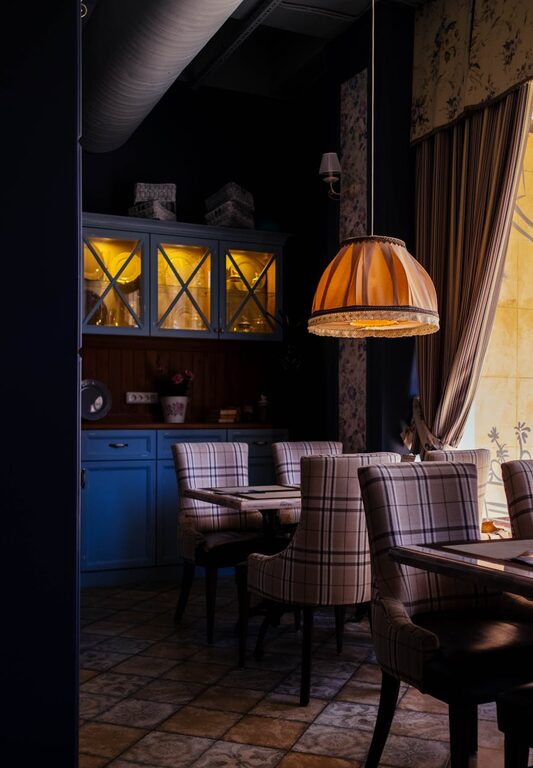Creating a warm and inviting atmosphere in your home starts with the right lighting. Comfortable home lighting not only improves visibility but also boosts your mood and highlights your interior design. Whether you’re redesigning a room or just upgrading your fixtures, it’s important to choose lighting that fits both your lifestyle and aesthetic preferences.
In this post, we’ll explore practical tips to help you select comfortable and effective lighting for every room in your home.
Why Comfortable Lighting Matters
Lighting affects how we feel and function in a space. Too harsh or too dim lighting can cause eye strain, headaches, or make a room feel unwelcoming. Comfortable lighting creates a balance that supports activities like reading, relaxing, or socializing.
The key is to consider factors such as brightness, color temperature, fixture placement, and energy efficiency to tailor lighting perfectly to your home’s needs.
Understand Different Types of Lighting
Before choosing fixtures, it’s helpful to know the main types of lighting that work together to create a well-lit space:
Ambient Lighting
This is the general lighting that softly illuminates an entire room. Ceiling-mounted lights, chandeliers, or recessed lighting often serve this purpose.
Task Lighting
Focused lighting designed to help with specific activities, such as reading lamps, under-cabinet kitchen lights, or desk lamps.
Accent Lighting
Used to highlight artwork, plants, or architectural details. Examples include wall sconces, track lighting, or picture lights.
Using a mix of these lighting types ensures functionality and comfort in any room.
Tips for Choosing Comfortable Home Lighting
1. Consider the Room’s Purpose
Different rooms have different lighting needs. For example:
– Living Room: Aim for warm, adjustable lighting that supports relaxing and entertaining.
– Kitchen: Bright, clear task lighting helps with cooking and food preparation.
– Bedroom: Soft, dimmable lights promote relaxation and restful sleep.
– Home Office: Bright, glare-free lighting reduces eye strain during work.
2. Choose the Right Brightness
Brightness is measured in lumens. When selecting bulbs, consider:
– For ambient lighting, a range of 1,500 to 3,000 lumens per room is generally comfortable.
– For task lighting, 4,000 lumens or more may be appropriate.
– Avoid overly bright bulbs in relaxation areas; soft lighting feels more inviting.
3. Opt for Adjustable and Layered Lighting
Having control over the light’s intensity lets you adapt the ambiance to different times and activities:
– Use dimmer switches for flexibility.
– Incorporate multiple light sources like floor lamps, ceiling lights, and table lamps.
– Layer lighting to blend ambient, task, and accent lights for a balanced effect.
4. Pay Attention to Color Temperature
Measured in Kelvins (K), color temperature affects the warmth or coolness of your light:
– Warm light (2700K to 3000K) creates a cozy, inviting atmosphere—great for living rooms and bedrooms.
– Neutral light (3500K to 4100K) offers natural, clear illumination ideal for kitchens and bathrooms.
– Cool light (5000K+) tends to feel more energetic and is suitable for workspaces.
5. Choose Energy-Efficient Bulbs
LED bulbs consume less power, last longer, and come in various color temperatures, making them an excellent eco-friendly choice. They also generate less heat, keeping your home comfortable.
6. Mind the Placement of Fixtures
Where you position your lighting matters for comfort and practicality:
– Avoid placing lights where they cause glare on TV screens or computer monitors.
– Use directional lighting to minimize shadows.
– Ensure even distribution to prevent dark corners or over-lit spots.
7. Don't Forget About Natural Light
Maximizing daylight reduces the need for artificial lighting and can make spaces feel larger and fresher:
– Use sheer curtains or blinds that allow light through while providing privacy.
– Place mirrors to reflect light deeper into the room.
– Plan your lighting around the natural light patterns in your home.
Popular Lighting Fixtures for Comfort and Style
Here are some common choices that combine comfort with aesthetic appeal:
– Pendant Lights: Great for ambient or task lighting, especially over dining tables or kitchen islands.
– Floor Lamps: Ideal for creating cozy corners with soft light.
– Wall Sconces: Add subtle accent lighting without taking up floor or table space.
– Smart Lights: Control color and brightness remotely to customize your lighting experience.
Final Thoughts
Choosing comfortable home lighting is about creating a balance between function and ambiance. By considering room purpose, brightness, color temperature, and fixture placement, you can craft a lighting scheme that makes your home both inviting and practical.
Start by evaluating your current lighting setup room by room and experiment with layering lights and adjusting brightness. With mindful choices, your home will shine with comfort and style.
—
Lighting can transform how your home looks and feels—take the time to find the perfect setup that works for you!

